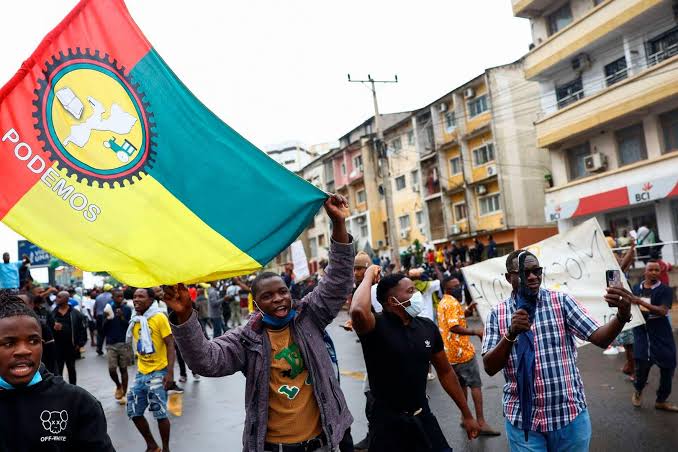
Faith Nyasuguta
A recent U.S. government report reveals a significant shift in visa overstay trends, with Ghana surpassing Nigeria in the misuse of B1/B2 and F, M, and J non-immigrant visas between October 2022 and September 2023. This comprehensive analysis identifies individuals who remained in the U.S. beyond their authorized stay without recorded departures or approved extensions.
The report indicates 510,363 suspected in-country overstays, representing 1.31% of expected departures, alongside 54,792 out-of-country overstays, which make up 0.14% of expected departures.
Key Visa Overstay Data from Ghana
In 2023, Ghana issued 25,454 B1/B2 visas, typically used for business or tourism. Of these, 1,910 individuals overstayed, leading to a 7.50% overstay rate. More concerning, the overstay rate for student and exchange visitor visas (F, M, and J) hit 21%, with 537 out of 2,559 holders staying unlawfully.
Highlight: Ghana’s visa compliance has declined compared to 2019, when 28,844 B1/B2 visas were issued with a 5.09% overstay rate, and the student visa overstay rate was 12.7%.
Nigeria’s Comparative Figures

In comparison, Nigeria issued 84,051 B1/B2 visas in 2023, with a slightly lower overstay rate of 7.14%, accounting for 6,000 overstayers. For student and exchange visitor visas, Nigeria’s rate was 15.60% out of 7,556 issued visas ”significantly lower than Ghana’s 21%.
In 2019, Nigeria issued 177,835 B1/B2 visas with a 9.88% overstay rate and a student visa overstay rate of 13.43%.
Regional Overstay Insights
The report highlights overstay rates in other African countries:
- Togo: 19%
- Burkina Faso: 12.13%
- Ivory Coast: 7.48%
- Mali: 5.27%
Understanding Overstays

An overstay occurs when a traveler remains in the U.S. beyond their authorized period. The U.S. Customs and Border Protection (CBP) categorizes these as either in-country overstays (no recorded departure) or out-of-country overstays (late departure). Identifying true overstays requires considering approved extensions or status adjustments in addition to entry and exit data.
This report reflects improved data collection methods to enhance understanding of visa compliance trends among international travelers.
RELATED:



